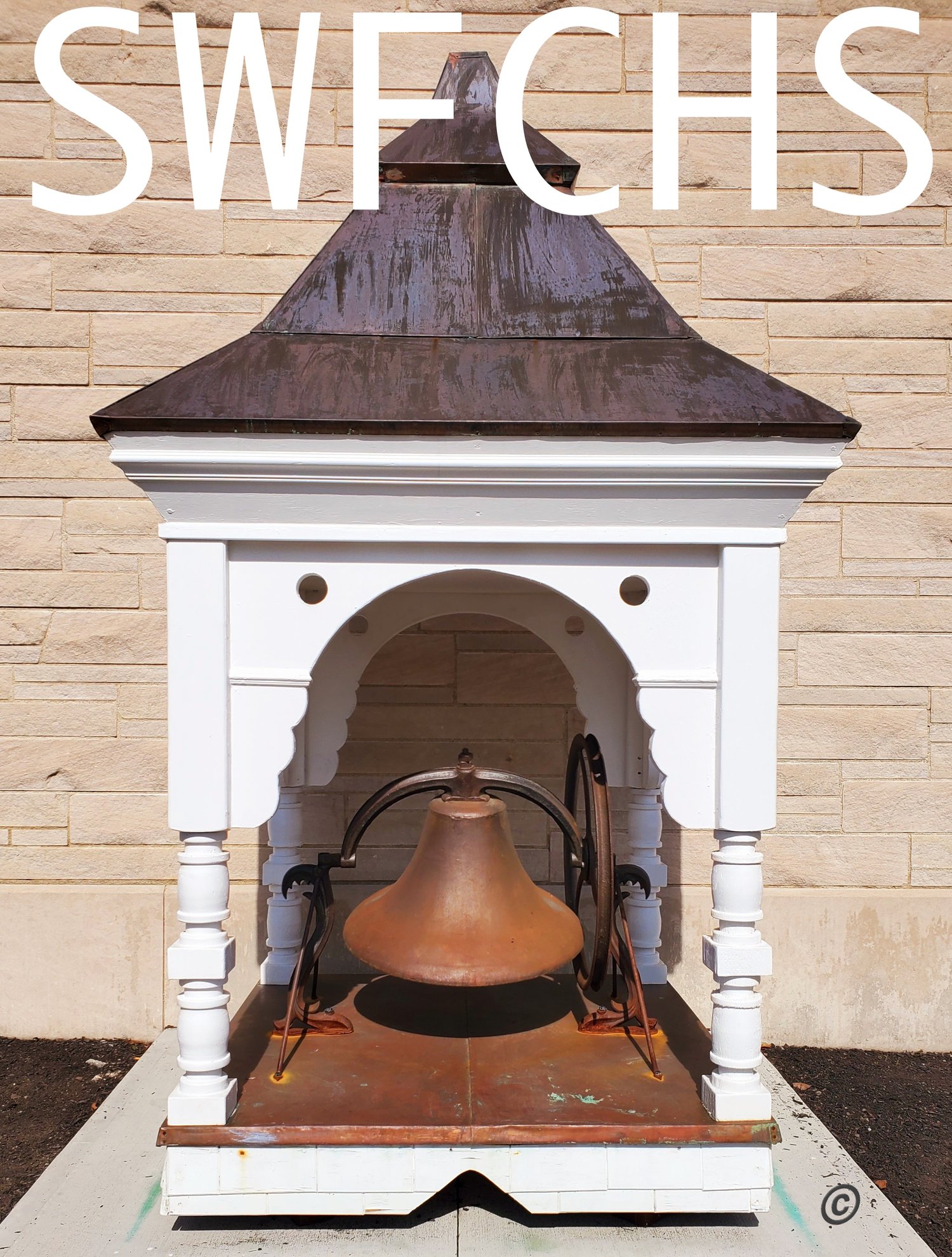
BLOG

Civil War and Soap
When Robert D. Grant, a brother of A. G. Grant, turned 17, he joined the 182nd Ohio Volunteer Infantry, Company E as a private. He fought along side with the soldiers through the end of the war. The men in blue had no other option to clean themselves than to use lye soap, when available. During the war, a Cincinnati company won a contract to provide a new type of soap to the soldiers. That soap today is known as Ivory. The Grand Army of the Republic (GAR) Civil War veterans drill team sponsored a parade in Grove City in 1888. This was a contingent from the largest convention held in Columbus up to that time.

Family Fashions
Gay Weber was probably one of the most engaging merchants in Grove City history. Her store on Broadway, a pizza shop today, carried major brands including Arrow shirts and Levi jeans. Who can forget the gigantic pair of jeans and the huge bra that hung on her wall? Gay also carried a special line of leather gloves preferred by police officers. Once when sales were slow, she plastered her windows with signs that read: Going Out For Business. Sales were brisk because many didn’t read the sign correctly. She was going out FOR and not going OUT of business.

First Kroger
The first Kroger store in southwest Franklin County was located at Jackson Alley and Broadway in the downtown. This is the only known photo of the business. When plans were announced to build a new Kroger store at Stringtown Road at Hoover a large crowd of local residents attended a council meeting to protest the site selection. The site, once part of the Pfeil’s homestead, is now a destination grocery for many weekly shoppers.

Concord Methodist
The first Methodist congregation was at Concord Methodist Episcopal Church in 1849 located at SR 665 and Hoover Road. This was prior to the Highland Road Meeting House in Grove City. The town’s three major religions, Lutherans, Presbyterians and Methodist all trace their origin to the old meeting house.

Beulah Methodist
Grove City’s first Methodist Church was named Beulah Methodist since it was in Grant’s new Beulah Addition. The church was surrounded with new homes. The building was modern and since there was no electric in the village, it had its own acetylene gas plant for interior lighting. Electric service didn’t come to Grove City until 1913. Adam Grant donated a double lot at Park Street and Lincoln Avenue for the church. After a major fire at Beulah Methodist Church, the congregation purchased land on Columbus Street and built the Grove City United Methodist Church. The first service was in 1958.
